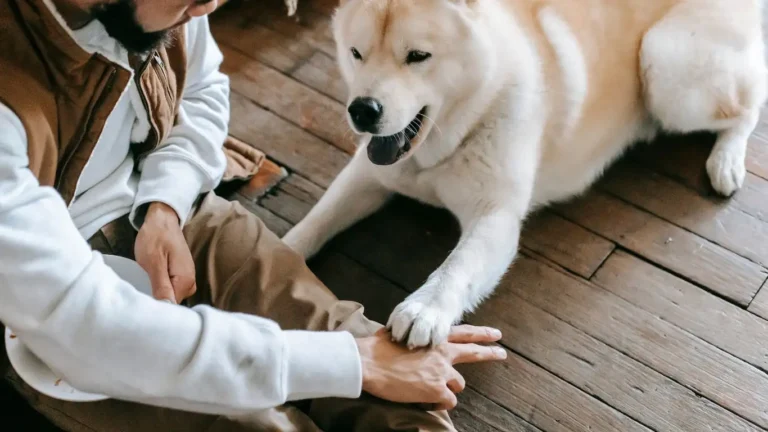How to Introduce a Dog to a Swimming Pool: Safe & Fun Steps to Try
If you’ve ever watched a dog leap into a swimming pool with joy, you might think they’re all born water-loving animals. But for many dogs, introducing them to a pool can be a little more complicated than simply tossing them in and hoping for the best. As a pet nutritionist and care expert in a veterinary clinic, I’ve seen firsthand how tricky it can be to get some dogs to love the water. Whether your dog is hesitant, afraid, or just doesn’t know what to do with the water, introducing them to a swimming pool the right way is crucial for both their safety and enjoyment. In this guide, I’ll share some tried-and-true methods for introducing your dog to a swimming pool with minimal stress and maximum fun.
Understanding Your Dog’s Fear of Water
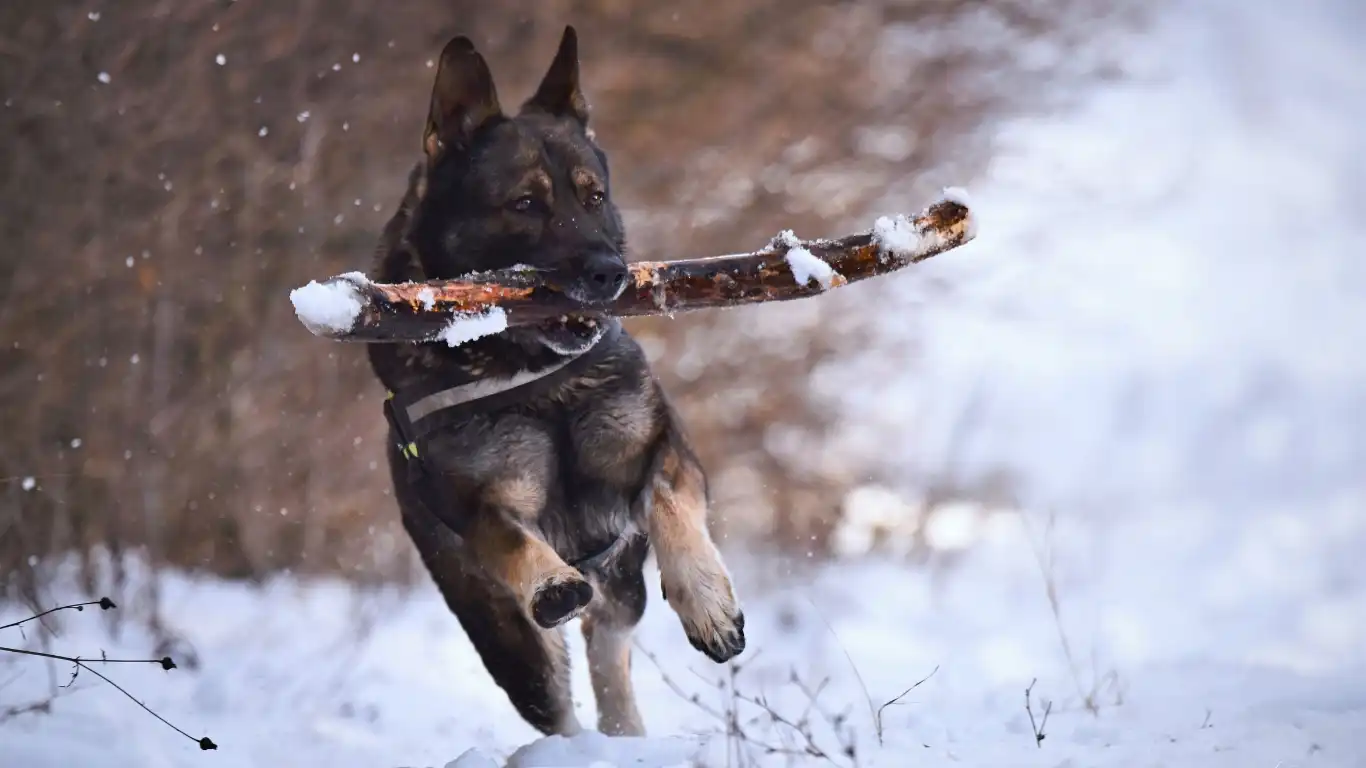
It’s important to remember that not all dogs are natural swimmers. Some dogs may have a deep fear of water, while others might be more curious but unsure of what to make of the swimming pool. Fear of water can stem from a variety of reasons, including:
- Previous Negative Experiences: If a dog has ever had a bad experience with water, like being accidentally splashed or forced into a body of water, they may associate water with fear.
- Lack of Exposure: Dogs that haven’t been introduced to water at an early age might feel out of their element when confronted with a swimming pool.
- Genetics: Certain breeds are naturally more averse to water, like Bulldogs or Dachshunds, while other breeds, like Retrievers, often love swimming from the get-go.
Understanding why your dog is afraid of the pool can help you tailor your approach. My own experience with pet care has shown that a gradual introduction with positive reinforcement can work wonders, especially for dogs who are naturally a little more hesitant around water.
Start Slow: The First Steps to Introducing Your Dog to a Swimming Pool
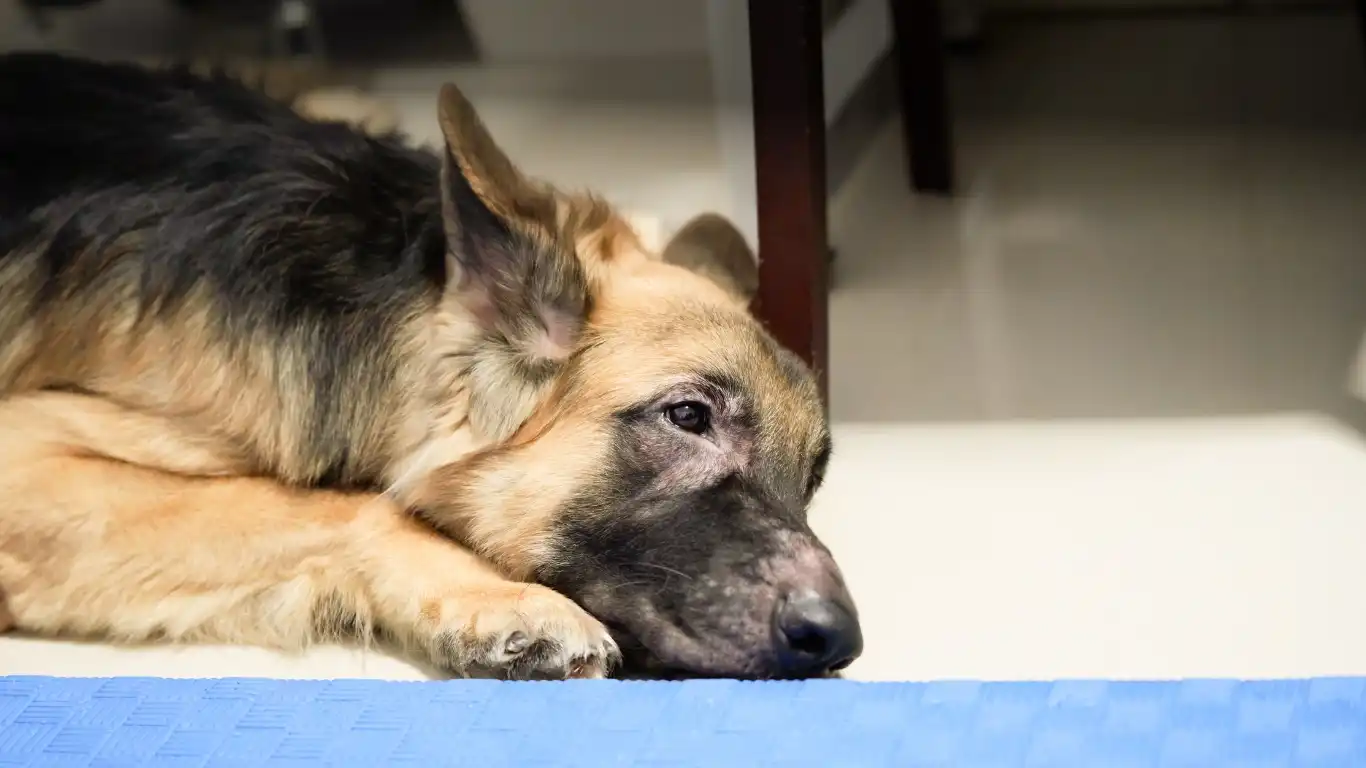
Make the Pool a Fun Place
The first thing you want to do when introducing your dog to a swimming pool is to make it a positive and fun environment. You don’t want them to associate the pool with stress or fear right from the start. Here’s how you can do it:
- Use Treats and Toys: The most effective way to start the introduction is by using things your dog loves. Bring their favorite treats or a floating toy near the edge of the pool to create a positive association with the water.
- Let Them Explore the Poolside: Allow your dog to get used to the pool’s surroundings before any splashing or swimming happens. Let them sniff the area, walk around, and explore at their own pace.
- Keep the Water Calm: Try to keep the water still in the beginning. A pool with calm, undisturbed water will be less intimidating to a dog that is unsure of the water.
One thing I’ve learned in my practice is that dogs are observant creatures. If you’re calm and confident near the pool, your dog will take cues from you. Don’t rush them or force them into the water—let them take their time.
Encourage Positive Experiences
When your dog is near the water, use gentle, encouraging words to make them feel comfortable. Positive reinforcement is key. When they show interest in the water, reward them with a treat or praise. Over time, your dog will begin to associate the swimming pool with good things, which makes it more likely they’ll want to jump in.
Let Them Dip Their Paws In
Next, let your dog test the waters—literally! Start by getting them to dip their paws into the pool. If they’re reluctant, you can help by gently leading them to the steps or shallow end. Never force them into the water, though. Just let them feel the sensation of the cool water on their paws and see how they respond.
Gradual Introduction: Building Confidence in the Pool

Short, Positive Sessions
When it comes to getting your dog comfortable in the pool, short sessions are key. Keep each introduction to just a few minutes at a time. The goal is not to overwhelm them but to gradually build their confidence in the water. It’s much better to have a few successful, short sessions than to push your dog too hard and create a negative experience.
If your dog seems comfortable dipping their paws in, encourage them to move further into the water, one small step at a time. You can try leading them to the shallow end and coaxing them into wading around a bit. If they’re reluctant, don’t push them beyond what they’re comfortable with. Remember, the goal is to make the water a fun, relaxing place.
Building Trust in the Water
As your dog gets more comfortable, consider standing in the pool yourself. Sometimes, dogs are more willing to follow their owners into the water if they see them enjoying it. Play and have fun with them, using positive reinforcement like treats or toys to encourage them to stay in the water a little longer. Trust is a big part of this process, and showing them you’re confident and relaxed will help your dog feel the same way.
Encouraging Your Dog to Swim
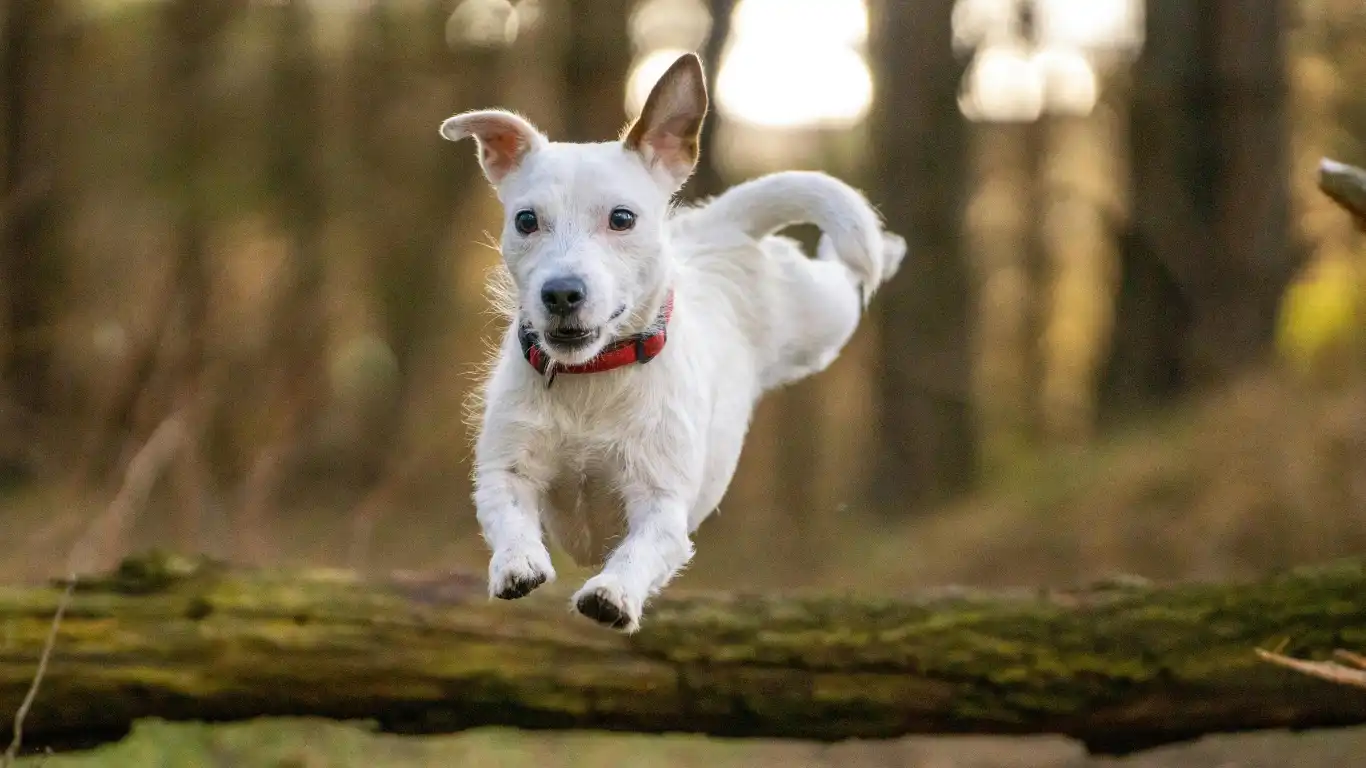
Once your dog is comfortable in the shallow end and is dipping their paws in with ease, the next step is encouraging them to actually swim. For some dogs, this is the hardest part of the process. You might have a dog who’s all about the pool but just isn’t sure about floating or paddling. Here’s how you can guide them toward becoming a confident swimmer:
Using Positive Reinforcement for Swimming
The power of positive reinforcement cannot be overstated. Just like with the initial steps, when your dog shows any interest in swimming, reward them. Use their favorite treats, a lot of praise, or even their favorite toy to keep them engaged. Positive reinforcement helps your dog link the swimming experience with rewards and fun, which will encourage them to swim more.
In my experience, I’ve found that even dogs who initially resisted swimming began to enjoy it after just a few successful, reward-based sessions. If they start swimming, even for a few moments, reward them and give them lots of enthusiastic praise. Your excitement will likely help boost their confidence and make them want to repeat the behavior.
Gradually Increasing the Depth
Now that your dog is familiar with the shallow end, you can gradually encourage them to explore deeper areas of the pool. Start by letting them swim towards you from the shallow end. Make sure you’re always within reach so they feel safe. Gradually increase the distance, but make sure to stay close enough to keep things comfortable. If your dog gets nervous, don’t push them further—take a step back to a shallower area and let them regroup.
A lot of dogs will naturally paddle once they’re in the water, but others may need some encouragement. You can gently guide them with a flotation device or by holding them under the belly to help them learn the motions. The key is to make sure the experience is positive and pressure-free. Never force them to swim—let them find their rhythm on their own terms.
Dealing with Setbacks

It’s important to acknowledge that setbacks might happen along the way. Just like any new skill, learning how to swim takes time, and not all dogs will take to the water immediately. If you’re noticing that your dog is still anxious or hesitant after several attempts, don’t worry. This is totally normal, and it doesn’t mean you’re doing anything wrong. Here are a few things you can try:
Don’t Rush the Process
In my years of experience, one of the biggest mistakes dog owners make is rushing the process. You might see a dog that seems like it’s “almost there” and try to push them too quickly into deeper water, but that can backfire. Just like with any training, it’s essential to go at your dog’s pace. The key to success is patience. If your dog isn’t ready to swim yet, let them take their time. Eventually, they’ll get there.
It might take a few sessions or even weeks, but with consistent, low-pressure exposure to the water, most dogs will eventually overcome their fears and begin to enjoy swimming. Sometimes, taking a step back to the shallow end for a bit before trying again can help your dog feel more at ease.
Introducing New Water Experiences Gradually
If your dog is struggling with swimming in your pool, consider introducing them to water in different environments. Sometimes, changing up the location or type of water can help. Try taking them to a calm, quiet lake or a dog-friendly beach, where the water is different and more natural. The softer waves and different textures of a beach or lake may appeal to some dogs more than a sterile pool setting.
If possible, you can also try incorporating water games into their routine, like water-fetch, which may help them feel more comfortable with the idea of water without the pressure of swimming.
Safety Tips for Swimming with Your Dog
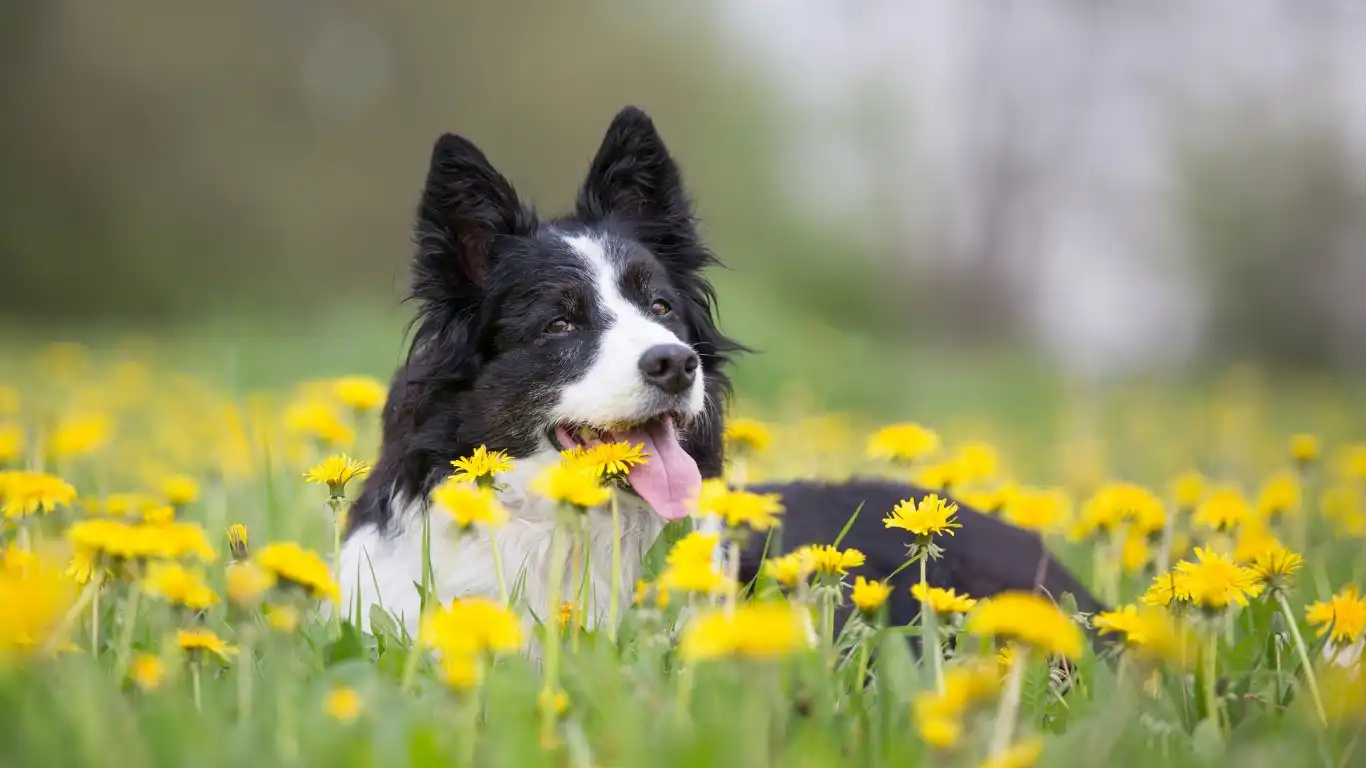
Safety is always the top priority when it comes to swimming with your dog. While many dogs are natural swimmers, some might not have the stamina, strength, or skills to handle swimming in deep water. Here are some important safety tips to keep in mind during your dog’s swimming lessons:
Use a Dog Life Jacket
Even if your dog is a confident swimmer, it’s always a good idea to use a dog life jacket, especially during the initial stages of training. A life jacket will help them stay afloat and feel more secure in the water. It’s also a great option for breeds that may not be naturally strong swimmers, like Bulldogs, Pugs, or Dachshunds. I always recommend a life jacket to clients just for the peace of mind it provides.
Always Supervise Your Dog
Never leave your dog unsupervised around water, even if they’re an experienced swimmer. Pools can be dangerous, especially if your dog accidentally falls in or gets tired while swimming. Always be nearby to monitor their behavior, and don’t let them swim for too long without taking breaks. Swimming can be exhausting, and it’s easy for dogs to overdo it if they’re having fun.
Teach Them to Exit the Pool Safely
One thing many owners forget to teach their dogs is how to exit the pool safely. It’s crucial that your dog knows where and how to get out of the water, especially in a pool with a deep end. Make sure to teach them how to use the pool steps or any ramps you may have. Spend time guiding them out of the pool after each swim so that they learn the proper exit strategy.
Maintaining a Consistent Pool Routine

Once your dog is comfortable with swimming and has mastered the basics, the next step is to build a consistent routine. The more your dog swims, the more confident and skilled they will become in the water. Just like any form of exercise, regular practice is key to maintaining and improving their swimming abilities. Here’s how you can keep your dog’s pool time enjoyable and consistent:
Set a Weekly Pool Schedule
Just like with any form of exercise, consistency is important. Setting a regular schedule for your dog’s pool time will help them get into the routine of swimming and make it a part of their normal activity. I’ve found that scheduling two to three pool sessions per week works well for most dogs, but you can adjust depending on how your dog is reacting to the water and their overall stamina.
Keep the sessions relatively short (about 10-20 minutes each), especially if your dog is new to swimming. Even if your dog is confident, avoid over-exercising them, as it can lead to fatigue or injury. If you notice your dog getting tired, it’s a good idea to stop and let them rest. The goal is to make swimming an enjoyable, regular activity that helps them stay fit and healthy.
Incorporate Water Games and Challenges
If you want to keep your dog excited about swimming, incorporating fun water games can help keep them engaged. You can introduce toys like floating balls or frisbees, which will make them associate swimming with playtime. I love using a good fetch toy for pool activities—my clients have seen great results when dogs are encouraged to retrieve items from the water. This not only improves their swimming skills but also makes the whole experience more enjoyable.
Another fun activity is a “chase” game where you toss a toy a little further into the water, encouraging your dog to swim out and get it. You can gradually increase the distance over time, which challenges them to swim more and improves their stamina. If your dog is highly motivated by toys, this could be a great way to keep their interest high while also allowing them to practice swimming at their own pace.
Signs That Your Dog Is Overexerting Themselves

As much as swimming is a fantastic form of exercise for your dog, it’s also important to recognize when they’ve had enough. Dogs can sometimes overexert themselves, and knowing the signs to look for can help you avoid pushing them too far. Here are a few warning signs that your dog might be getting too tired in the pool:
Heavy Panting or Drooling
If your dog starts panting heavily or drooling more than usual, it’s a sign that they may be getting fatigued. Make sure to take a break and let them rest. Dehydration can also be a concern, so always ensure your dog has access to fresh water to drink after their swim.
Weak or Uncoordinated Movements
Sometimes, after a few rounds of swimming, dogs can become weak or uncoordinated. If you notice that your dog’s swimming becomes less efficient, or they seem to be struggling to stay afloat, it’s time to call it a day. Take them out of the pool and allow them to rest on dry land. Don’t force them to swim if they’re showing signs of exhaustion.
Reluctance to Enter the Pool
If your dog was previously eager to swim but suddenly becomes reluctant to enter the pool, it might be a sign that they’re experiencing fatigue or are simply burned out from too much water time. It’s essential to listen to your dog and respect their limits. Let them take a break and try again later. Never force them into the water if they seem hesitant or tired.
Maintaining Pool Hygiene and Safety
Maintaining a clean and safe swimming environment for your dog is crucial for their health. A dirty pool or unsafe pool conditions can lead to various health problems, including skin infections or digestive issues from ingesting pool water. Here are some tips to keep your dog’s swimming sessions as safe as possible:
Keep the Pool Clean
Regularly cleaning your pool is essential. Make sure to filter out any debris and keep the pool water free from harmful bacteria. You can use pet-safe pool cleaning products that are specifically designed to eliminate contaminants without harming your dog. If you notice your dog ingesting the pool water, make sure it’s properly sanitized to avoid any gastrointestinal issues.
Monitor for Pool Chemicals
Swimming pools often contain chemicals like chlorine, which can be harsh on your dog’s skin and eyes. While most dogs will tolerate chlorine in small doses, if your dog has sensitive skin, you might want to look into dog-friendly pool treatments or natural alternatives. After your dog swims, make sure to rinse them off with clean water to remove any pool chemicals from their coat and skin.
Install Pool Fencing or Barriers
To prevent accidents, always make sure that your pool area is securely fenced or gated. A dog can easily fall into a pool when unsupervised, and it’s important to ensure they have a safe way to exit. I’ve seen many pet owners install pool ramps, which allow dogs to safely climb out of the water if they need a break. You can also get pool covers when the pool isn’t in use to prevent your dog from accessing the area unsupervised.
References & Further Reading
For more information on dog swimming safety and tips, check out these trusted sources:
- Dog Swimming Tips and Best Practices
- Choosing the Right Dog Life Jacket
- Creating a Safe Pool Environment for Dogs
Remember, swimming can be a fun and rewarding activity for both you and your dog. Whether your dog is a natural swimmer or needs a little more encouragement, following the right steps will ensure that they enjoy the pool safely and confidently. Have patience, use positive reinforcement, and keep safety at the forefront of your mind, and soon enough, you’ll have a water-loving pup who looks forward to every pool session!
Disclaimer: This article is for informational purposes only. Always consult with a veterinarian or a certified pet care expert before starting any new activities with your dog, especially if they have pre-existing health conditions or concerns. Make sure to supervise your dog at all times when near water.



